The evening of Fri 10th May 2024 will probably live long in many people's memory. The news had been full all day of items about how the Aurora Borealis could be visible as far south as Kent in the south of England. This is my story of a magical hour that I never expected to experience just a short walk from home.
Shortly before 11pm on Friday, we went out to the back garden for a quick look, just in case, before going to bed. There was a suspicion of something low in the sky to the North, which could have been the lights from the London Gateway deep water freight port on the Thames, or ...... So I put the trusty R5 and RF 24-240 on my tripod, set the shutter speed to 10sec, ISO to 1000, manually focused on the setting new moon and clicked. It looked like there was a band of green across the sky, so I clicked again. Sure enough, it was there again but this time it had moved slightly. This had to be the Aurora.
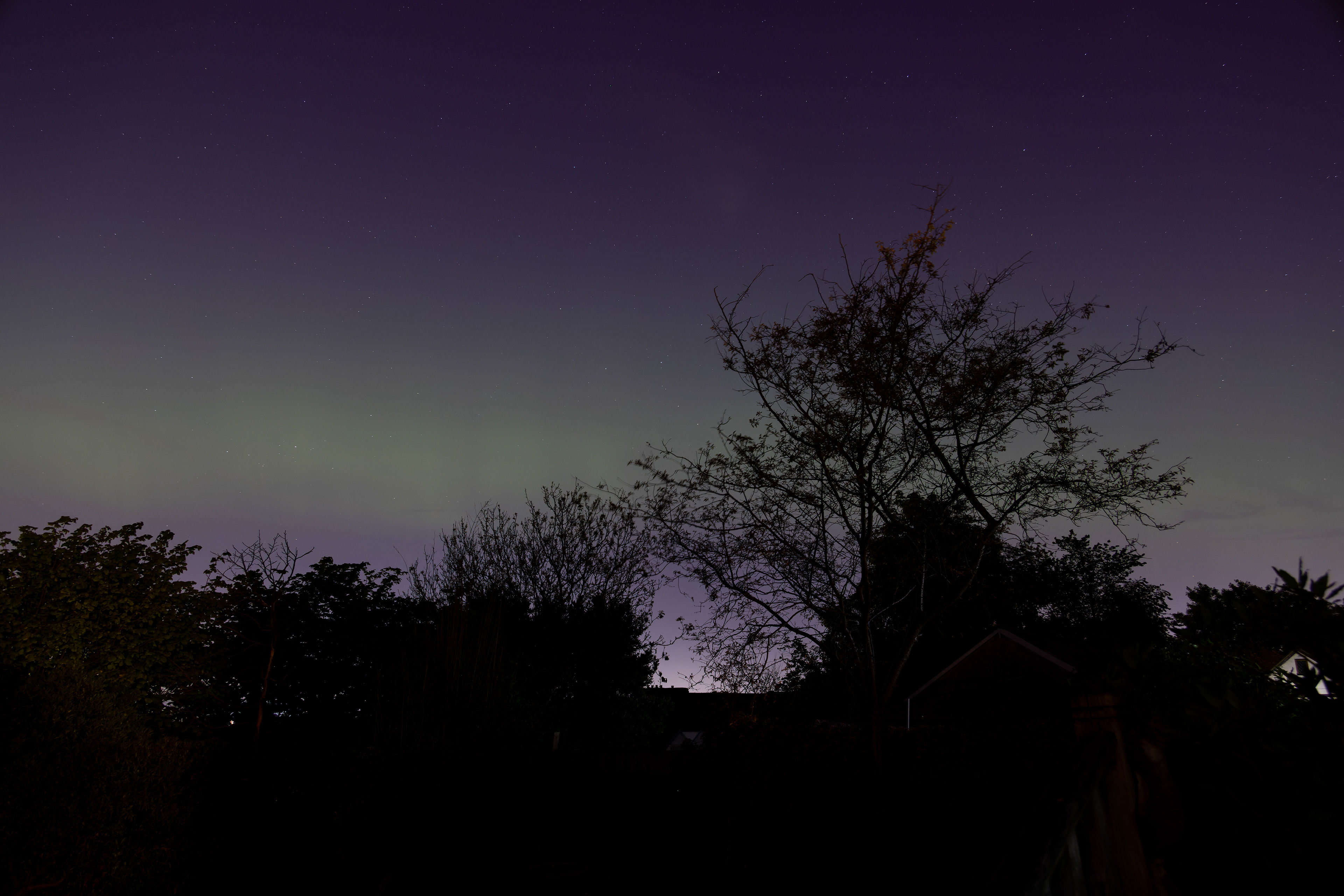

As you can see above, the view was slightly blocked by the trees, so I packed up and walked three minutes down the road the local public open space and tried again. There was something red in the corner of the frame!!! I was only expecting something low down and due north, if at all, but this was higher and further east. I moved the camera further to the right and there it was.
These four photos were taken roughly a minute apart and it was amazing how much the light was changing. Ignoring that I moved the camera between shots, you can see how it moves compared to the stars. The camera was in full manual so any change was real.
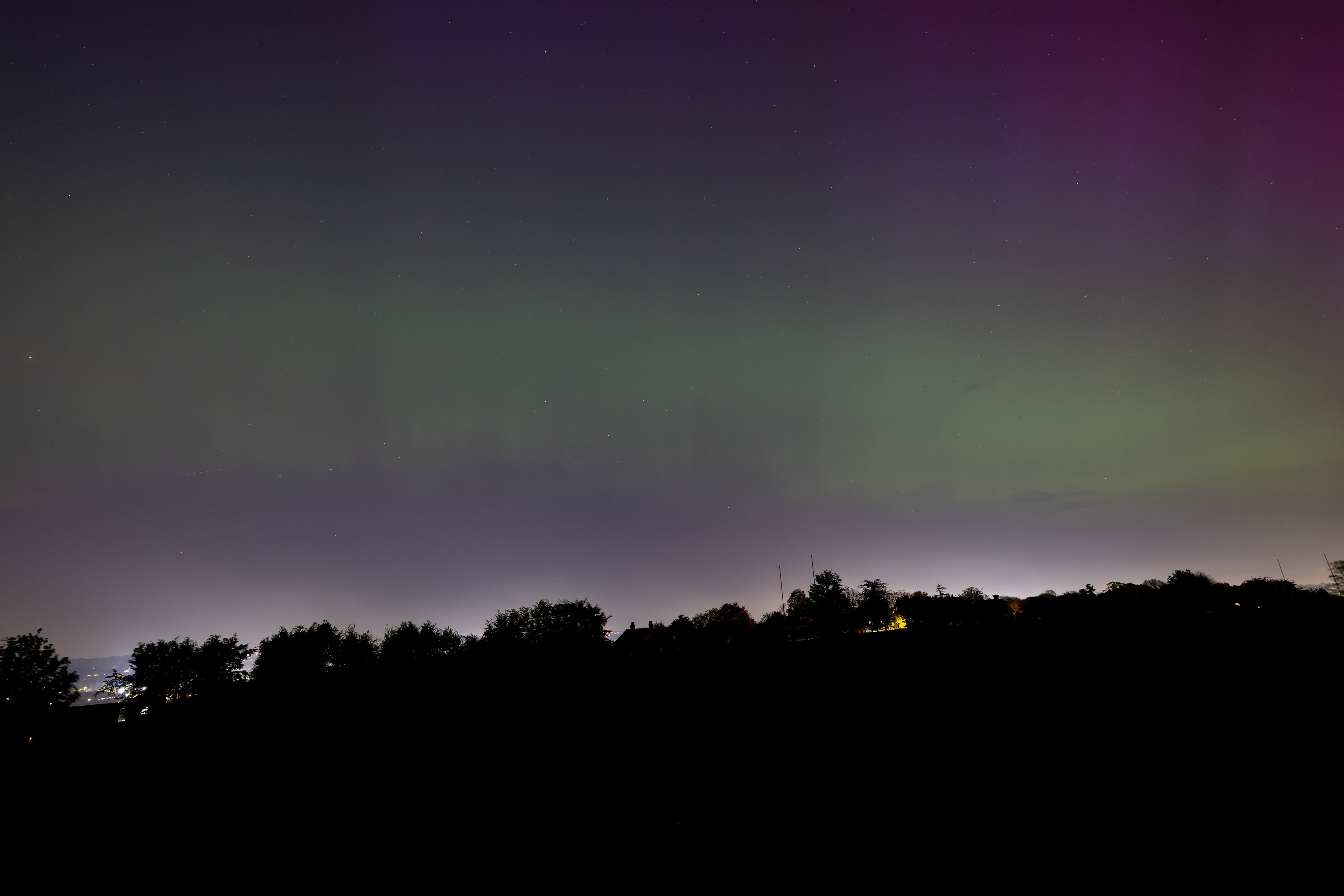

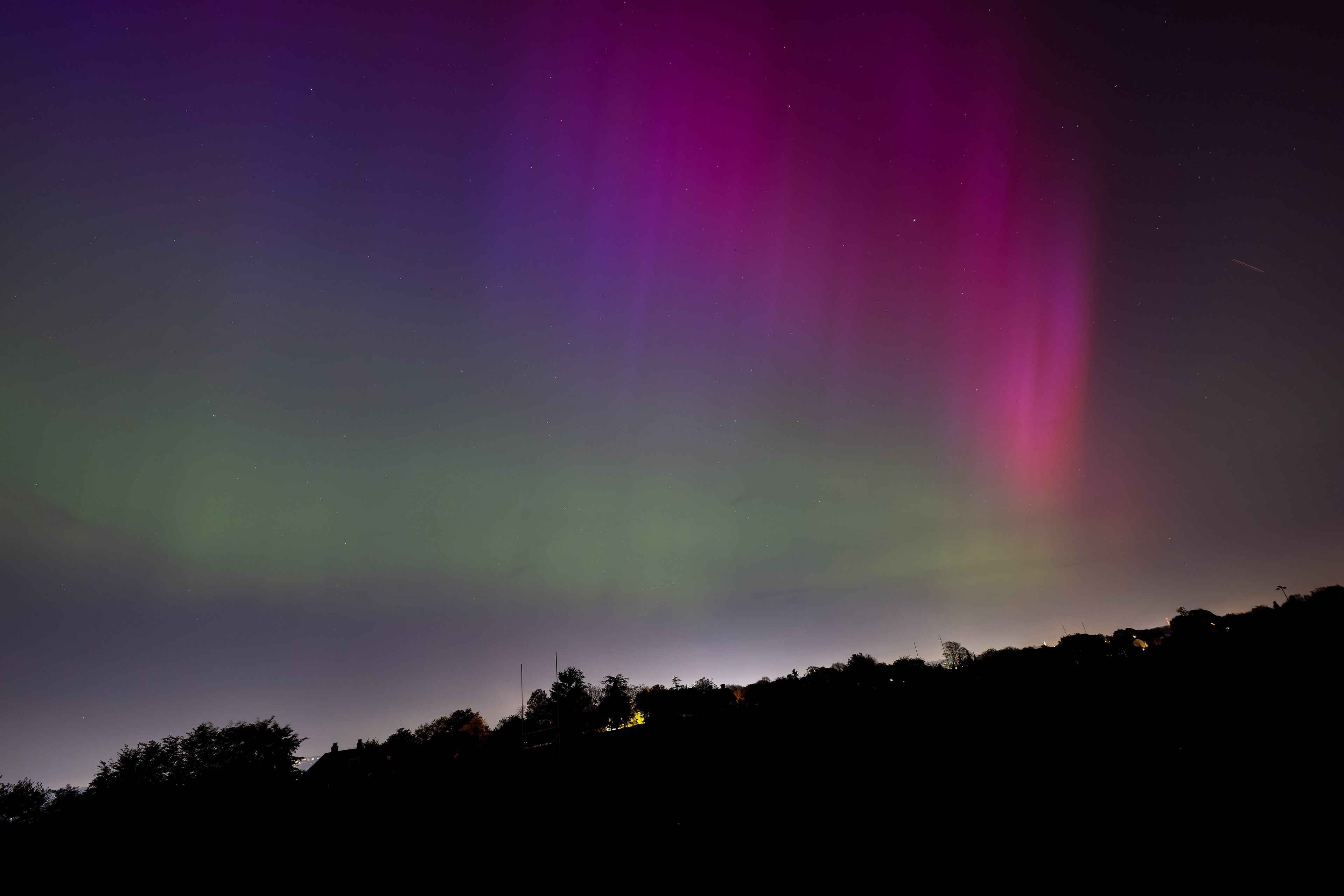

I have often read about seeing and photographing the Northern Lights, and have spoken to people who have actually seen them before. The common theme is that they always look brighter on the camera than with the naked eye. It's supposed to be because cameras are more sensitive than the human eye to the wave lengths of the light, but it's also because it's so dark that you have to use a long exposure to get enough light onto the sensor. In this case I was using 10 second exposures which gives more time for the colours to register. Plus, it's easy to be suspicious that people tweak the photos in post to enhance the colours. With these photos I have tried to keep the processing to a minimum and used the same settings on all of them. See below for details.
Here are a couple more facing due east, plus one facing west when I realised it was also beginning to show behind me. At this point, even though the camera is showing more colour than I could see, the reds and paler colours were clearly visible as were the lines and shapes.

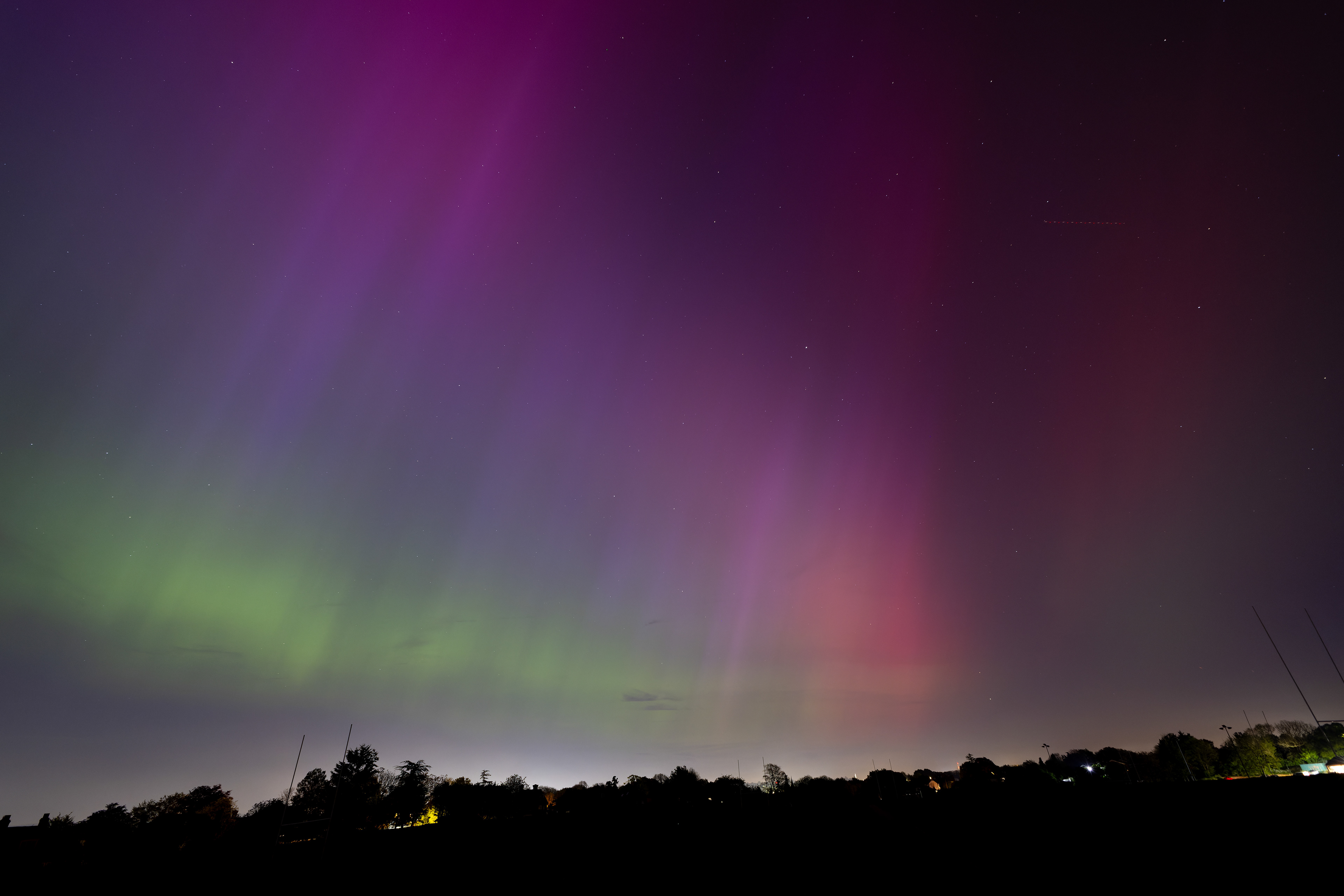

It's now around 11:30 and the Aurora is shining in a huge arc from the west and overhead to the east. Even though I was using my RF 15-30 wide angle lens at the widest 15mm setting (about 100 x 77 deg field of view) it was nowhere big enough to show everything in one frame. I switched to shooting vertically try to get more of the sense of the vastness of the sight.
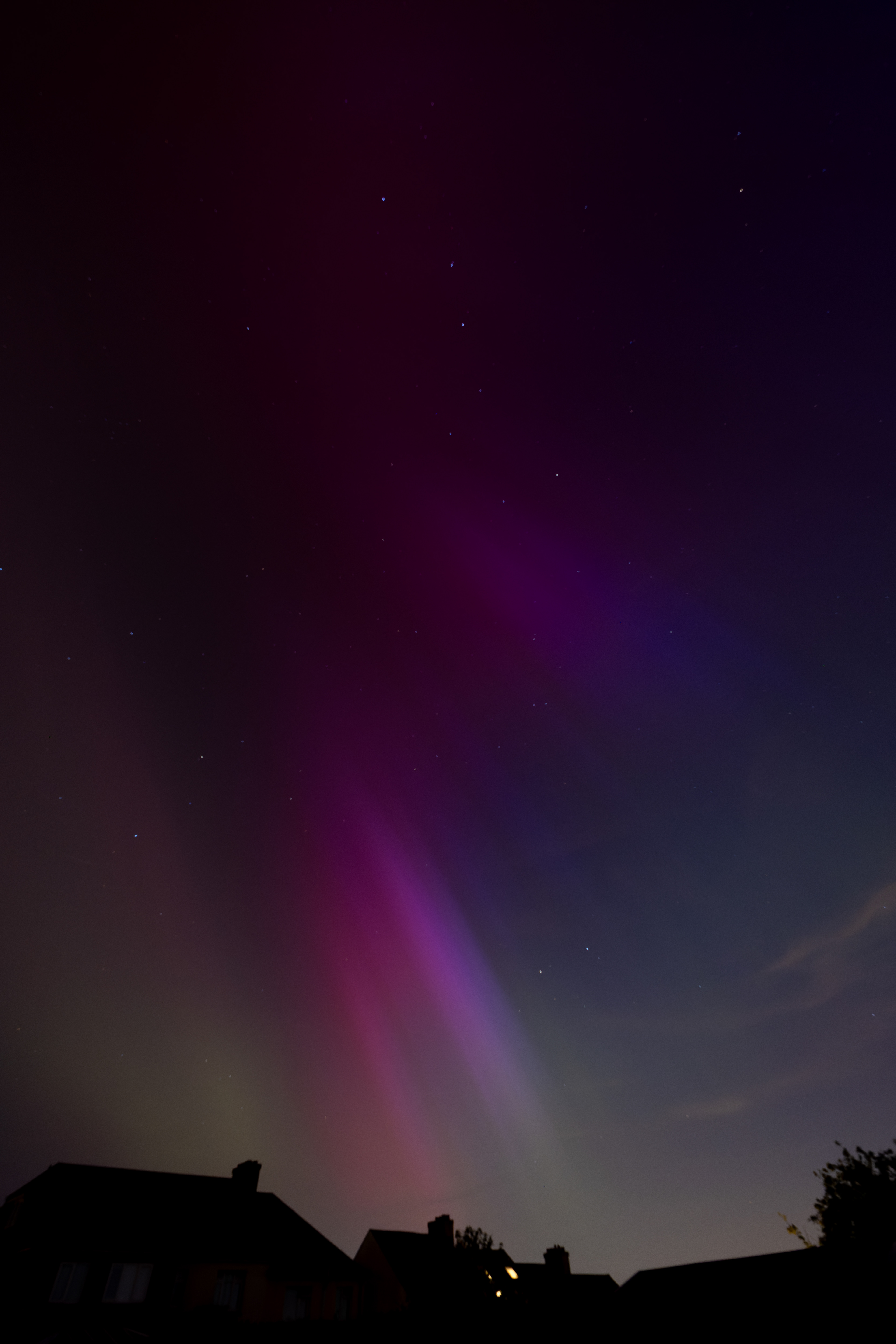
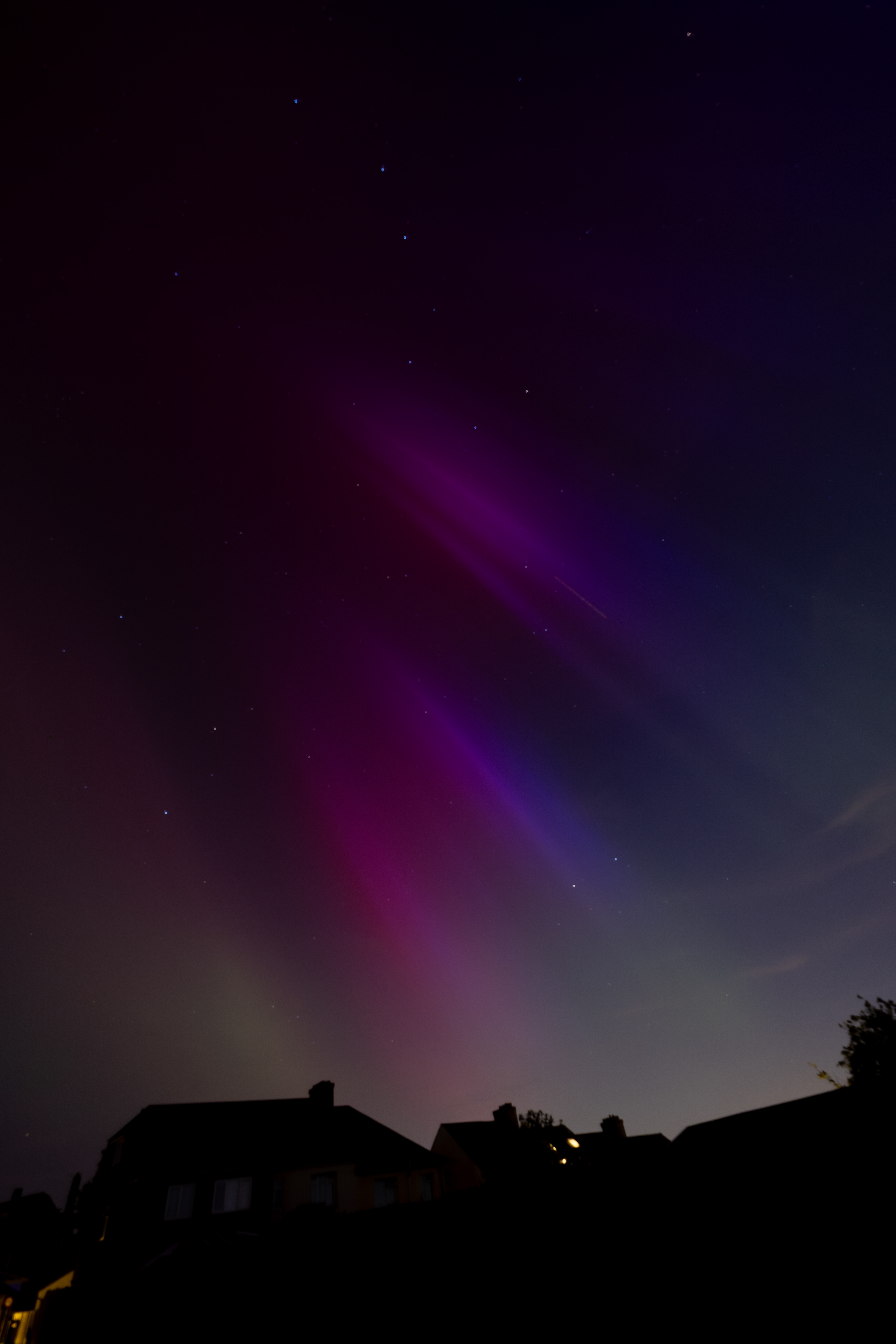



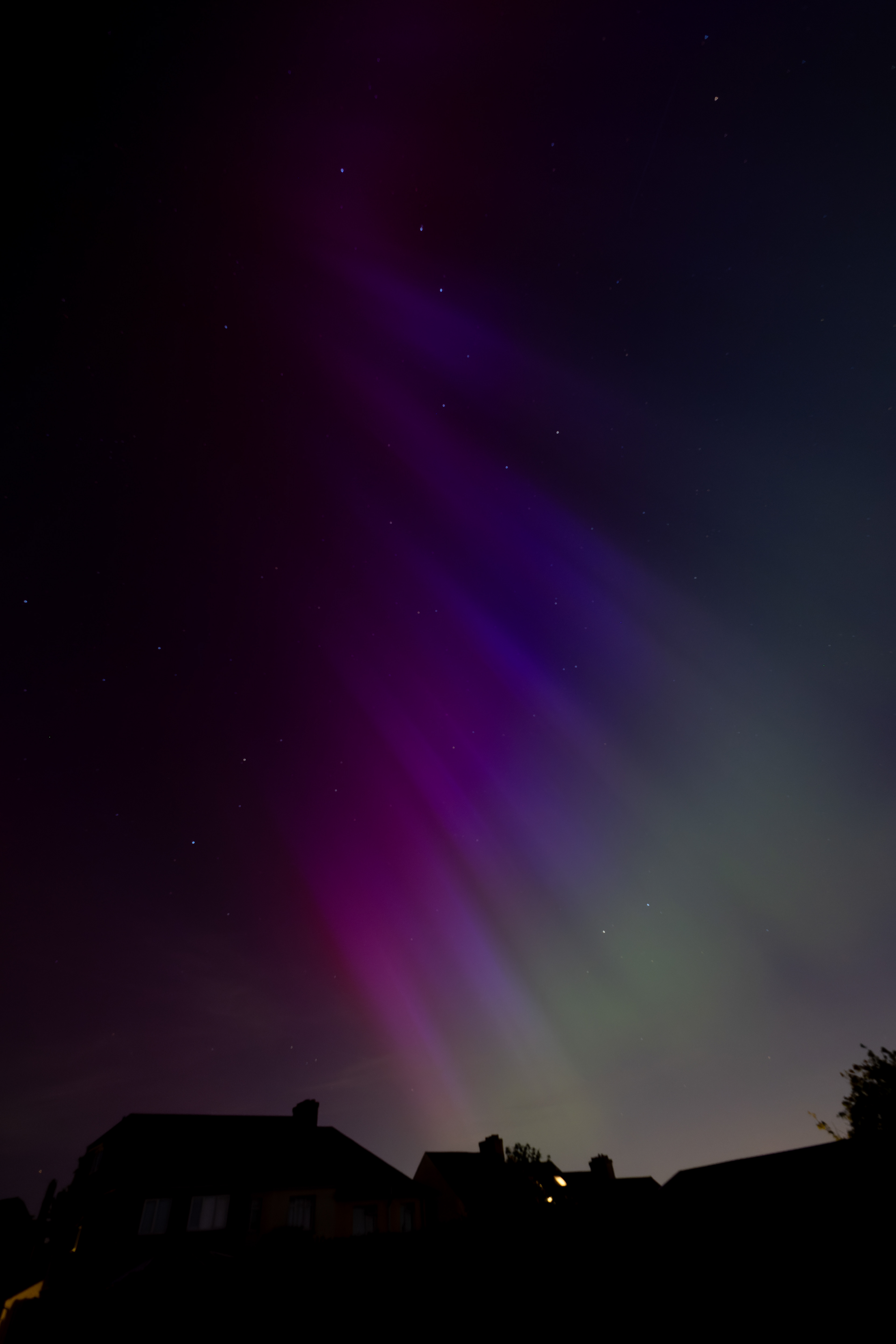
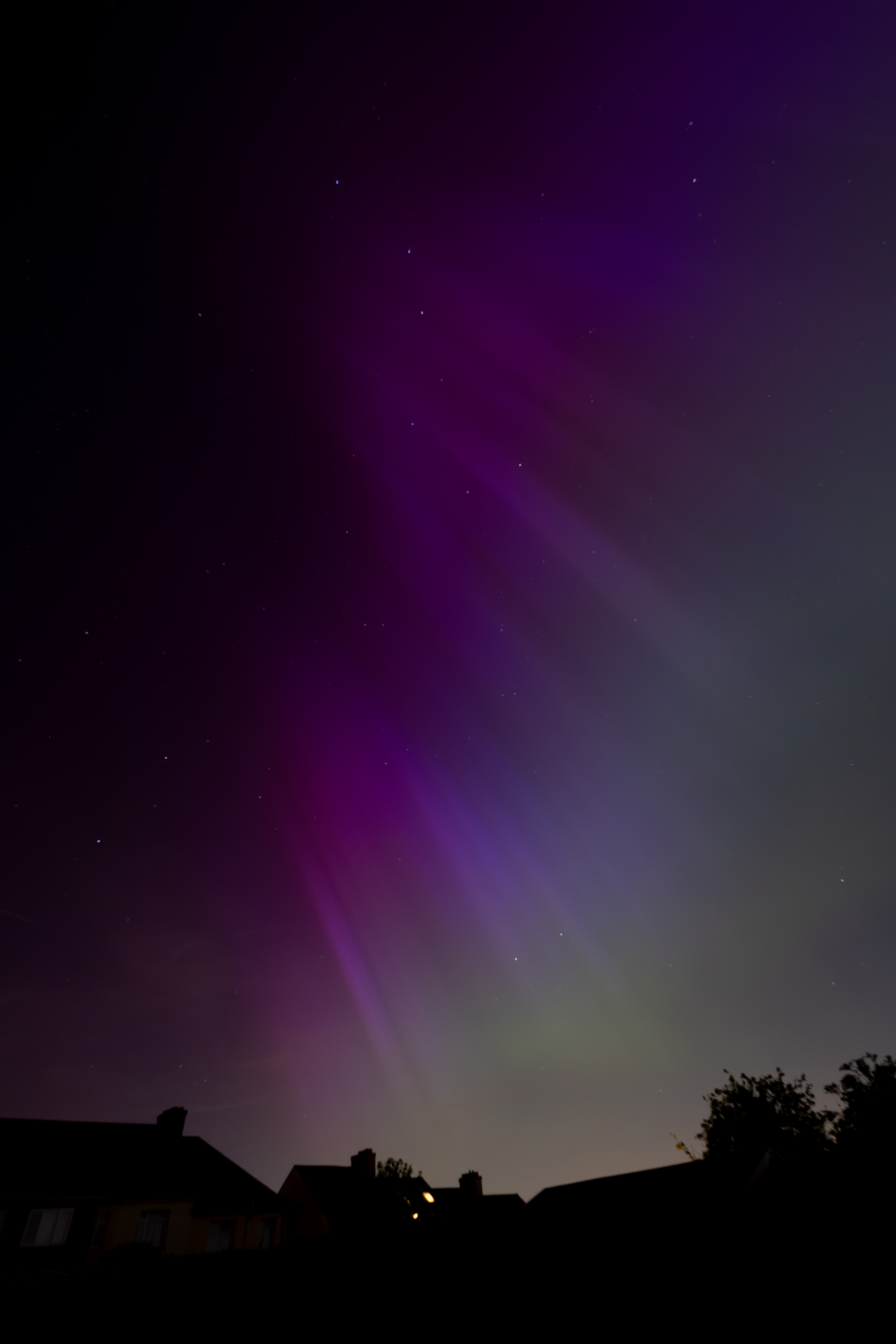
For these three, I pointed the camera vertically up. There is less than a minute between the first and third.
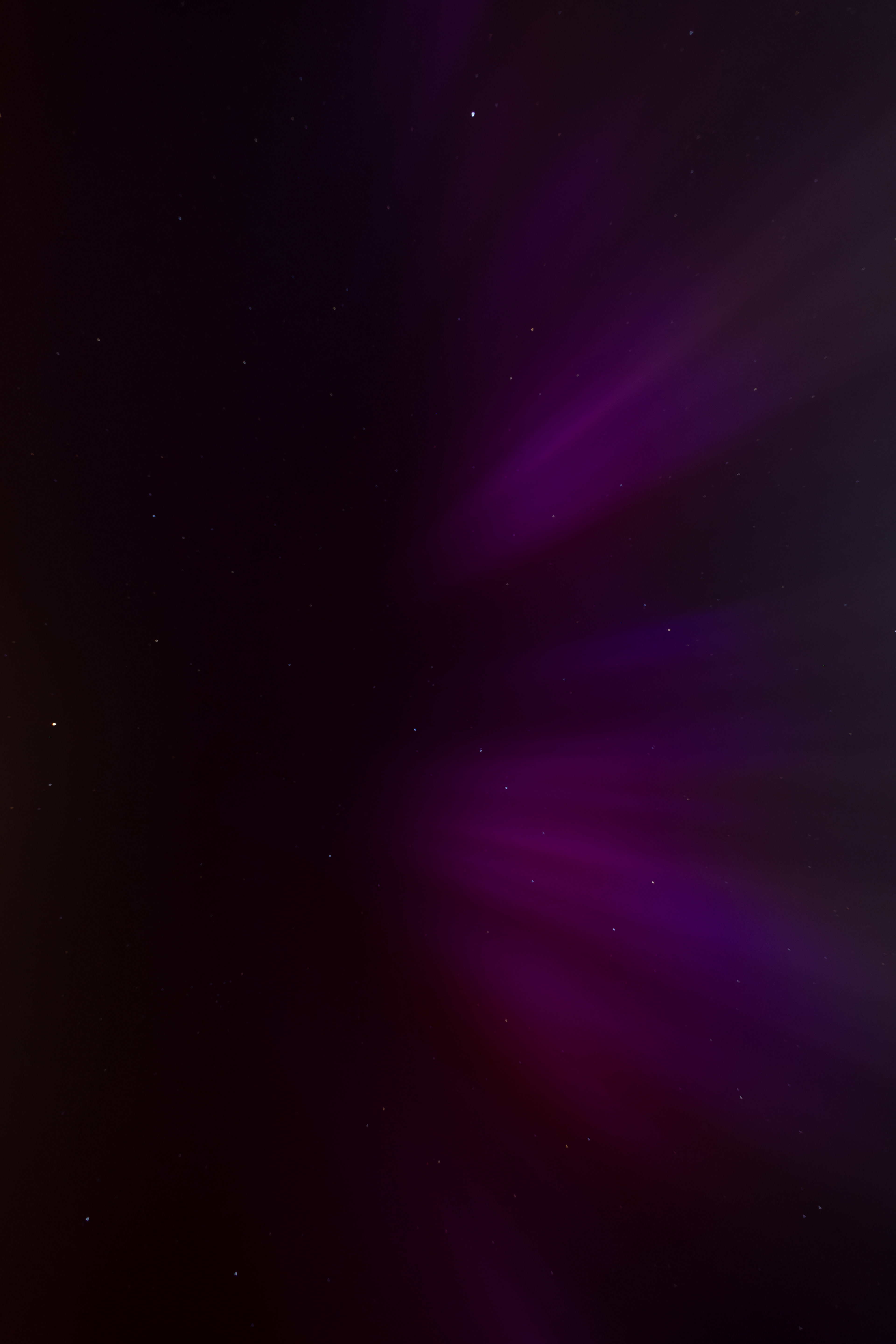
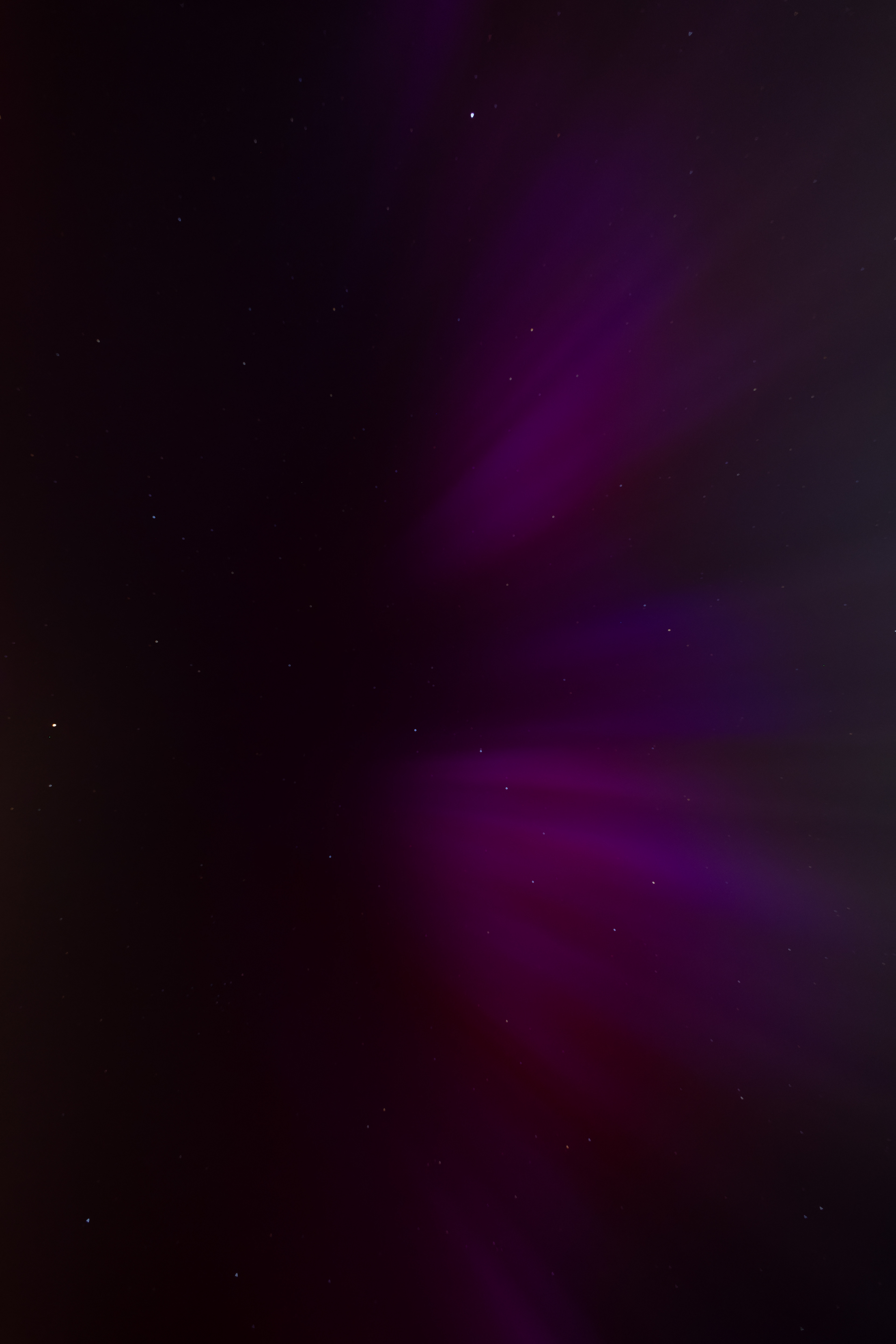
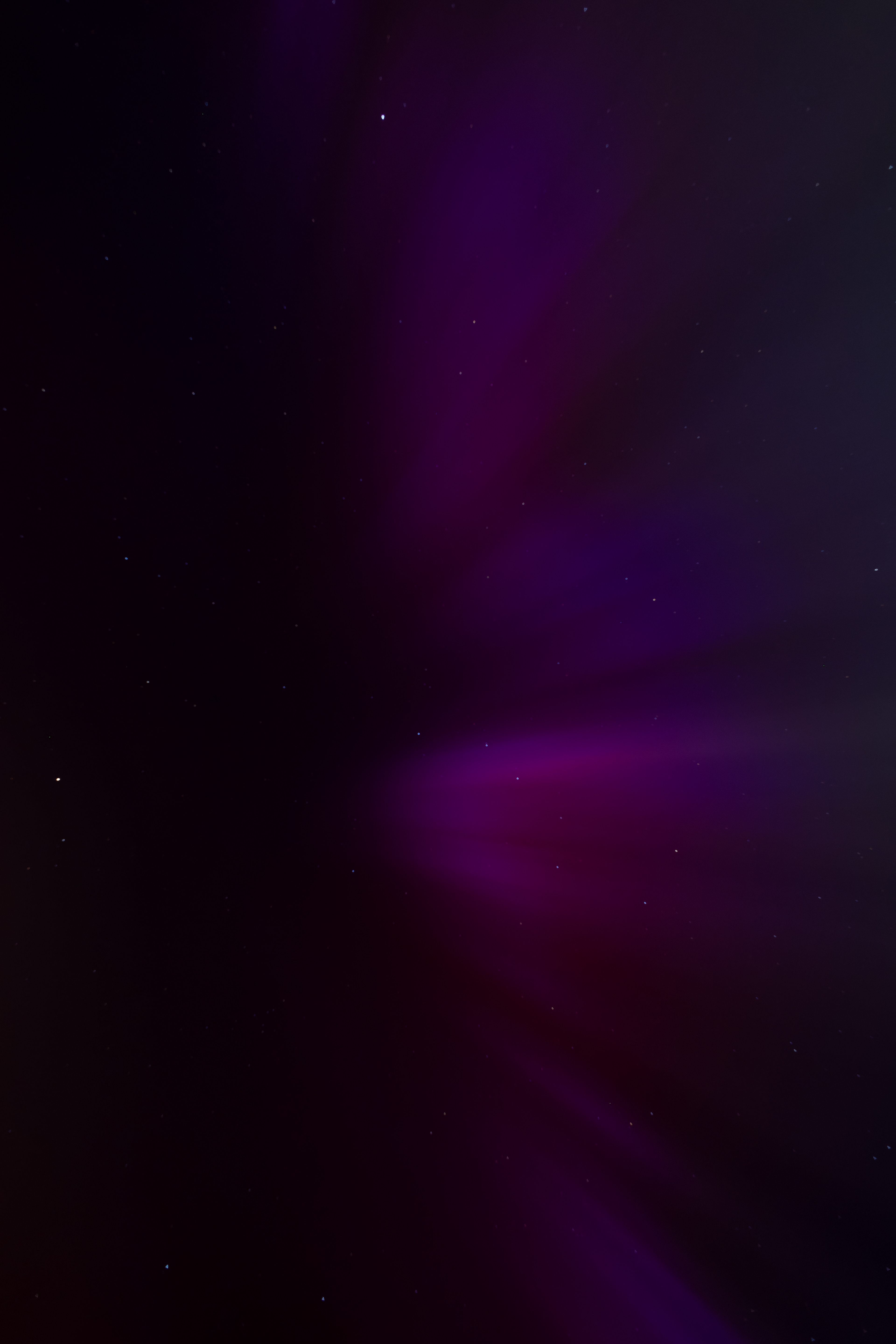
I've added these four, shot around 20 seconds apart, as I feel like they give a real sense of not just some lights up above but an actual physical curtain of light hanging in the sky.
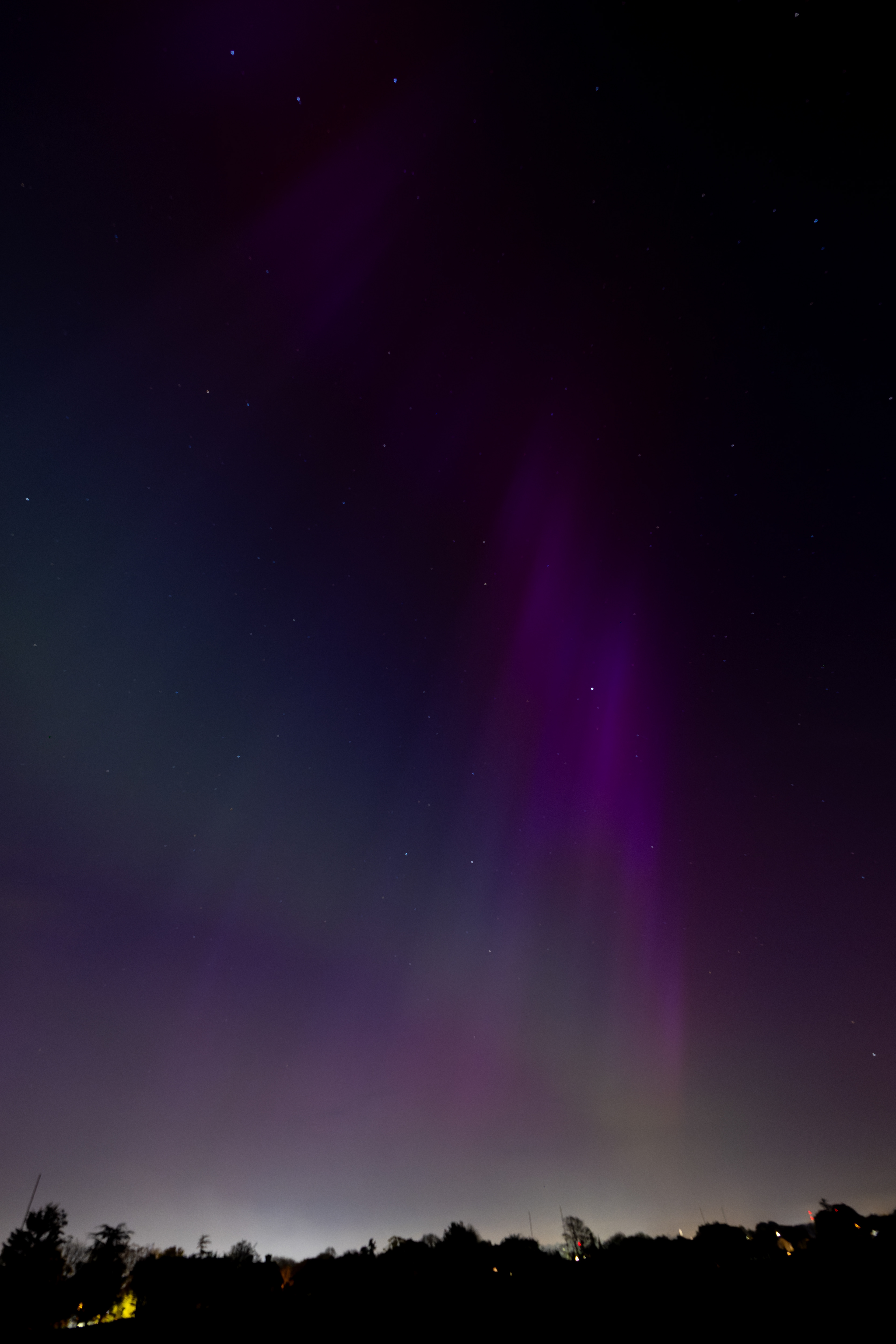
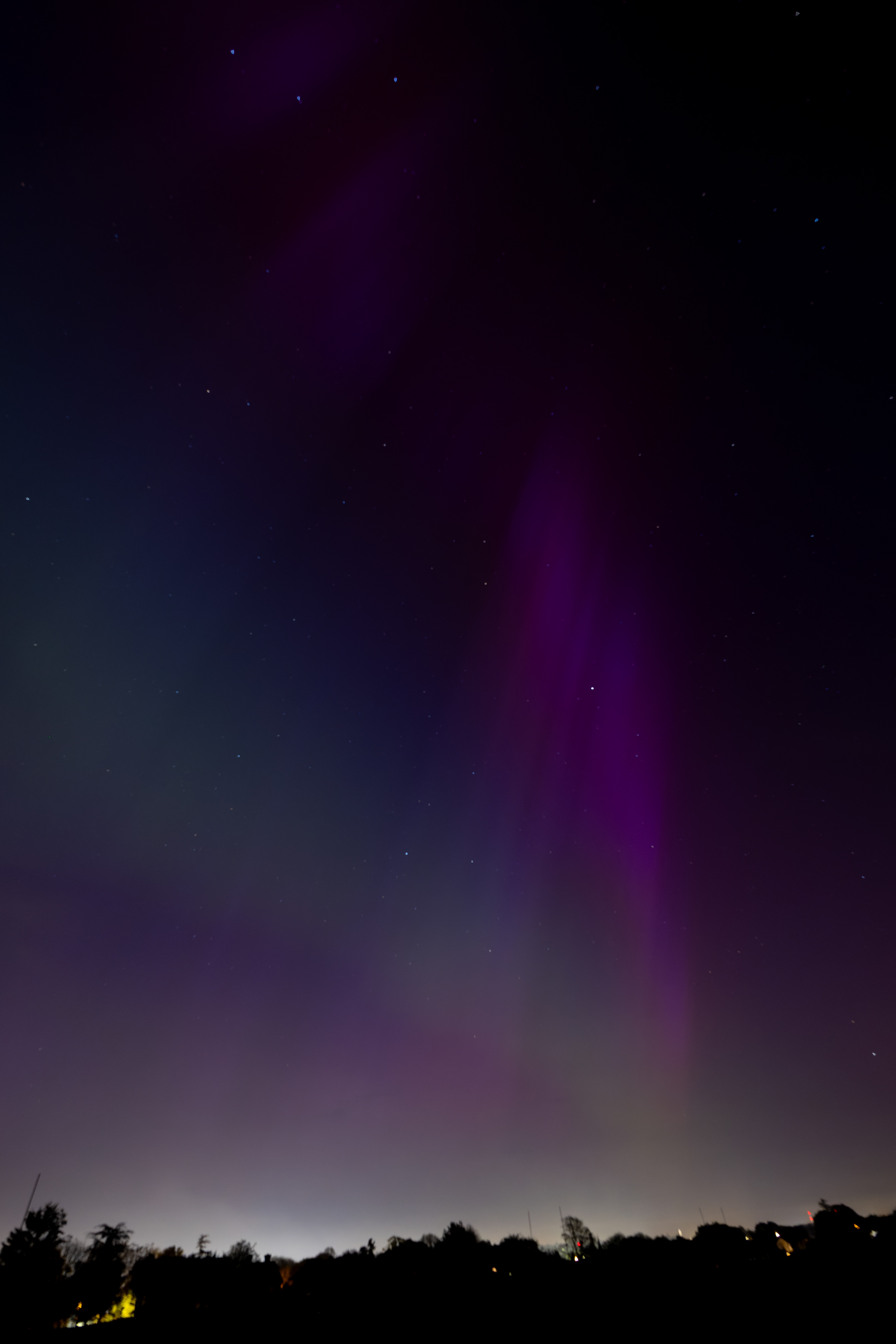
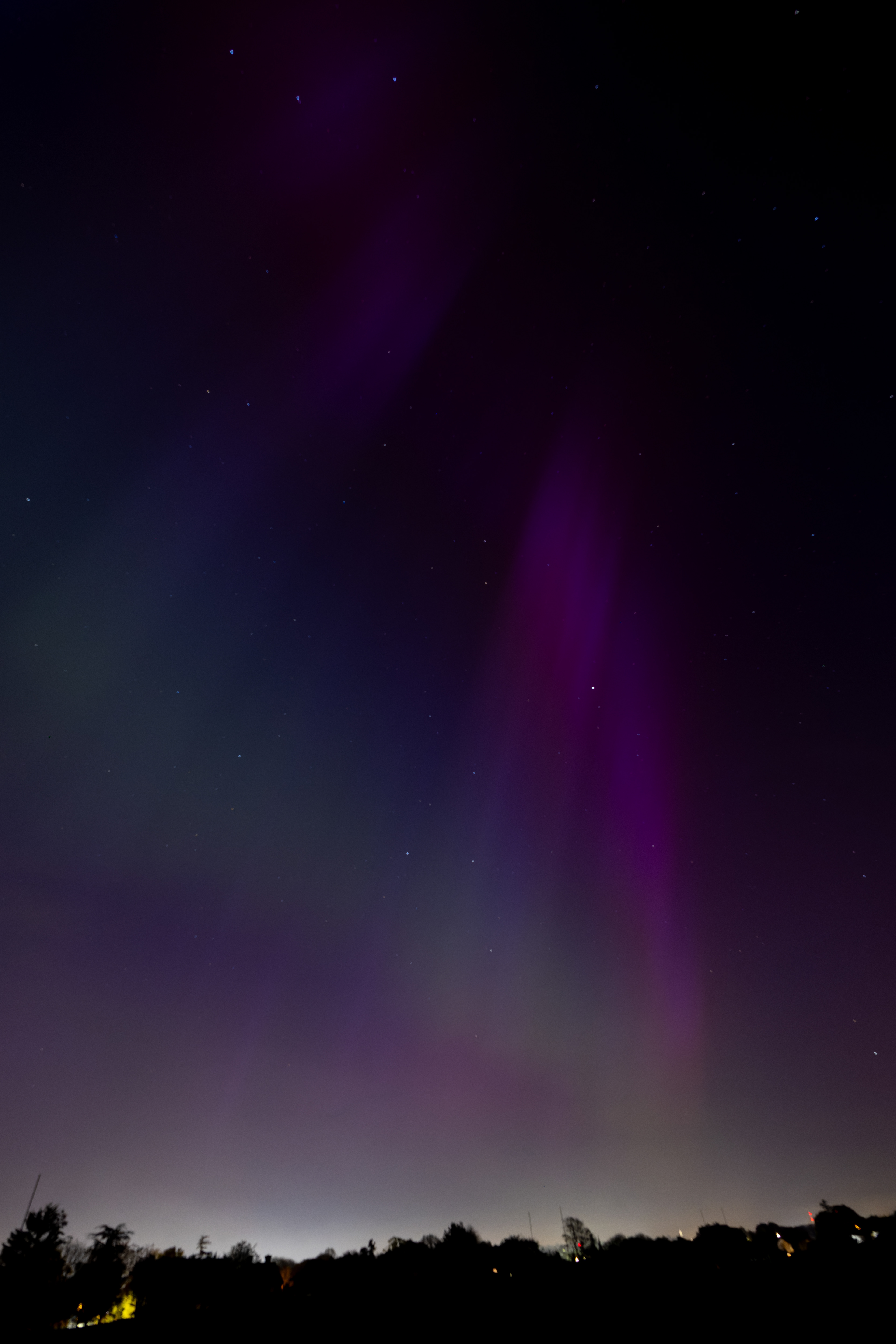
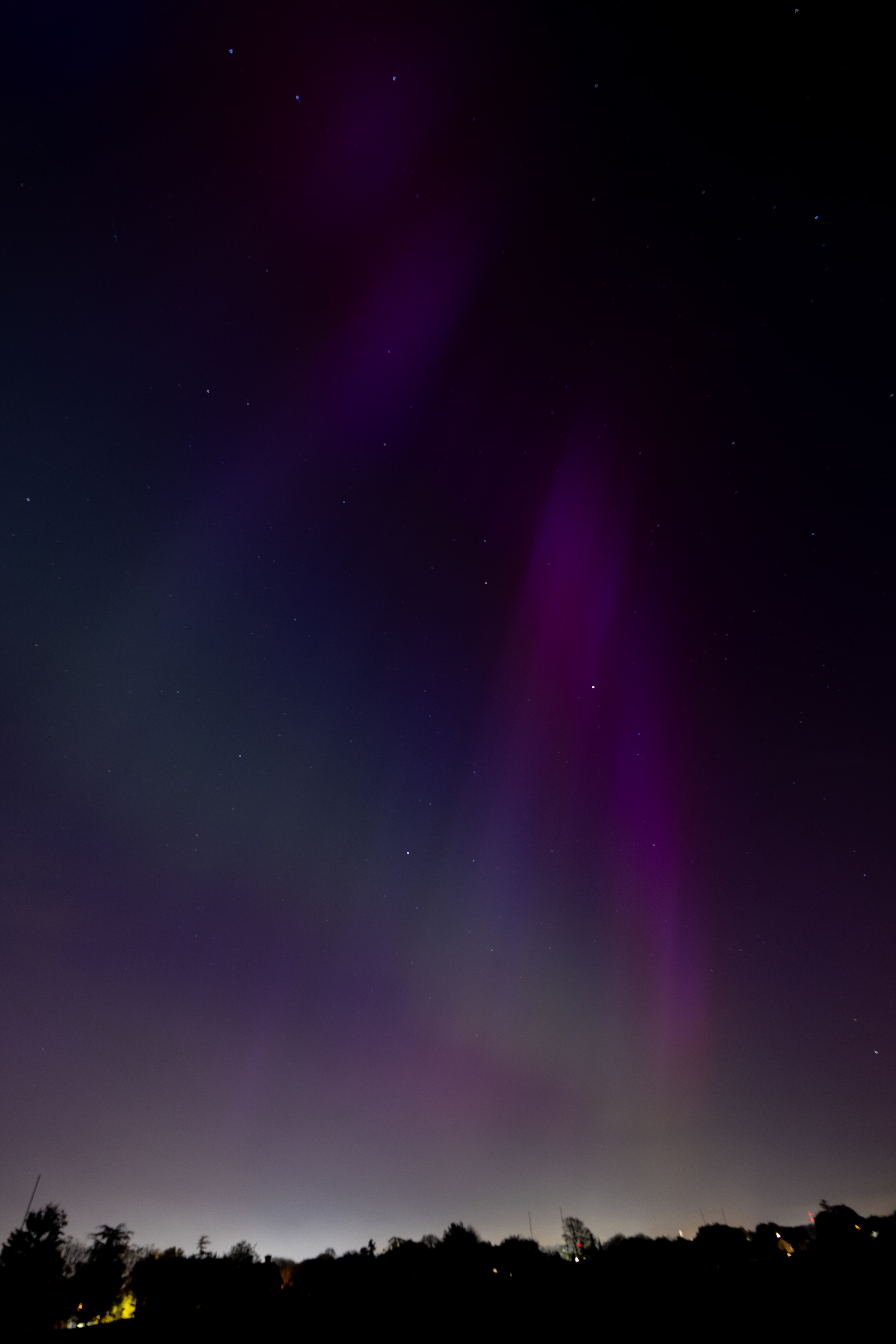
Back to landscape, I took these looking west, then north, then east to try to show how it was spread across the whole sky.
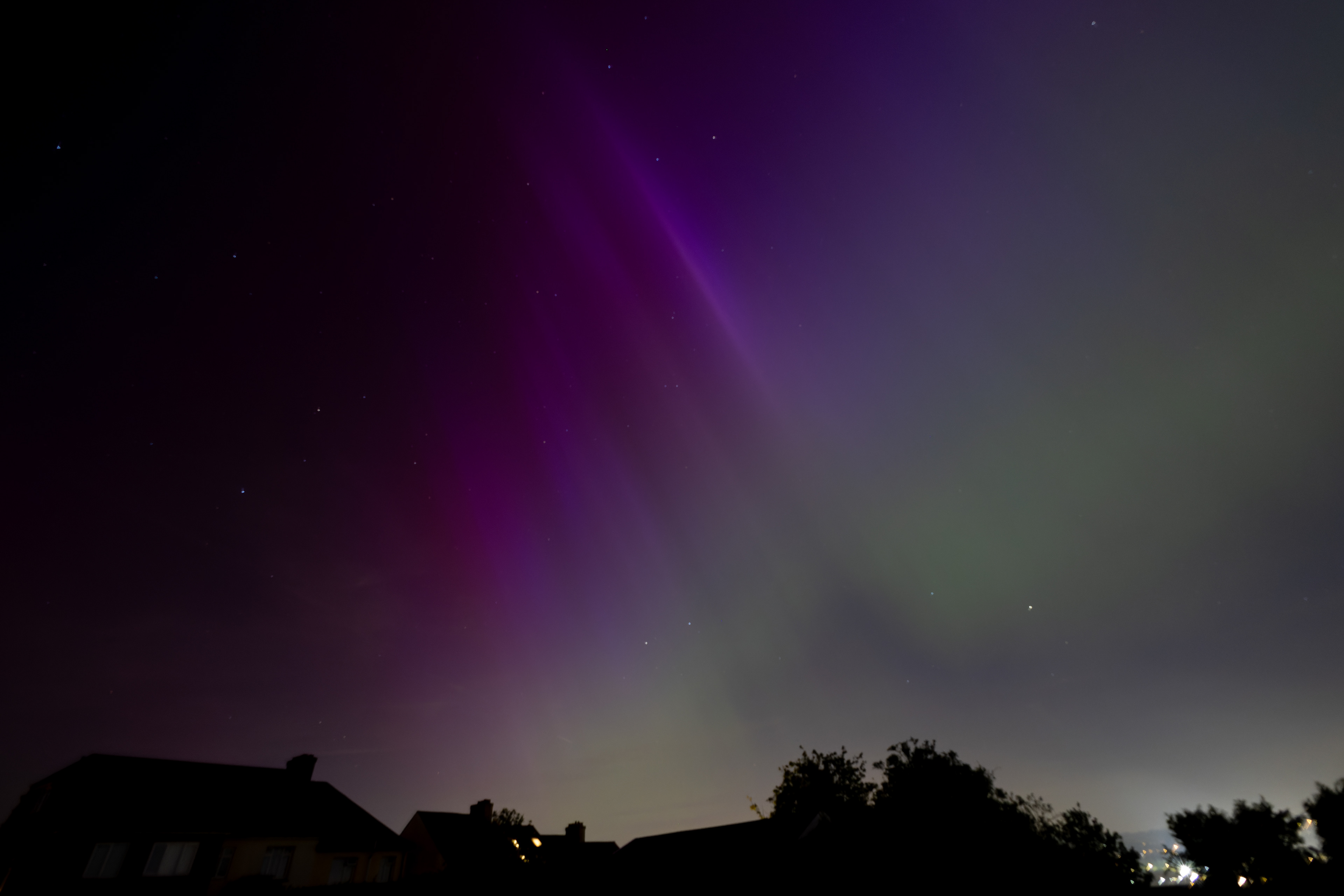
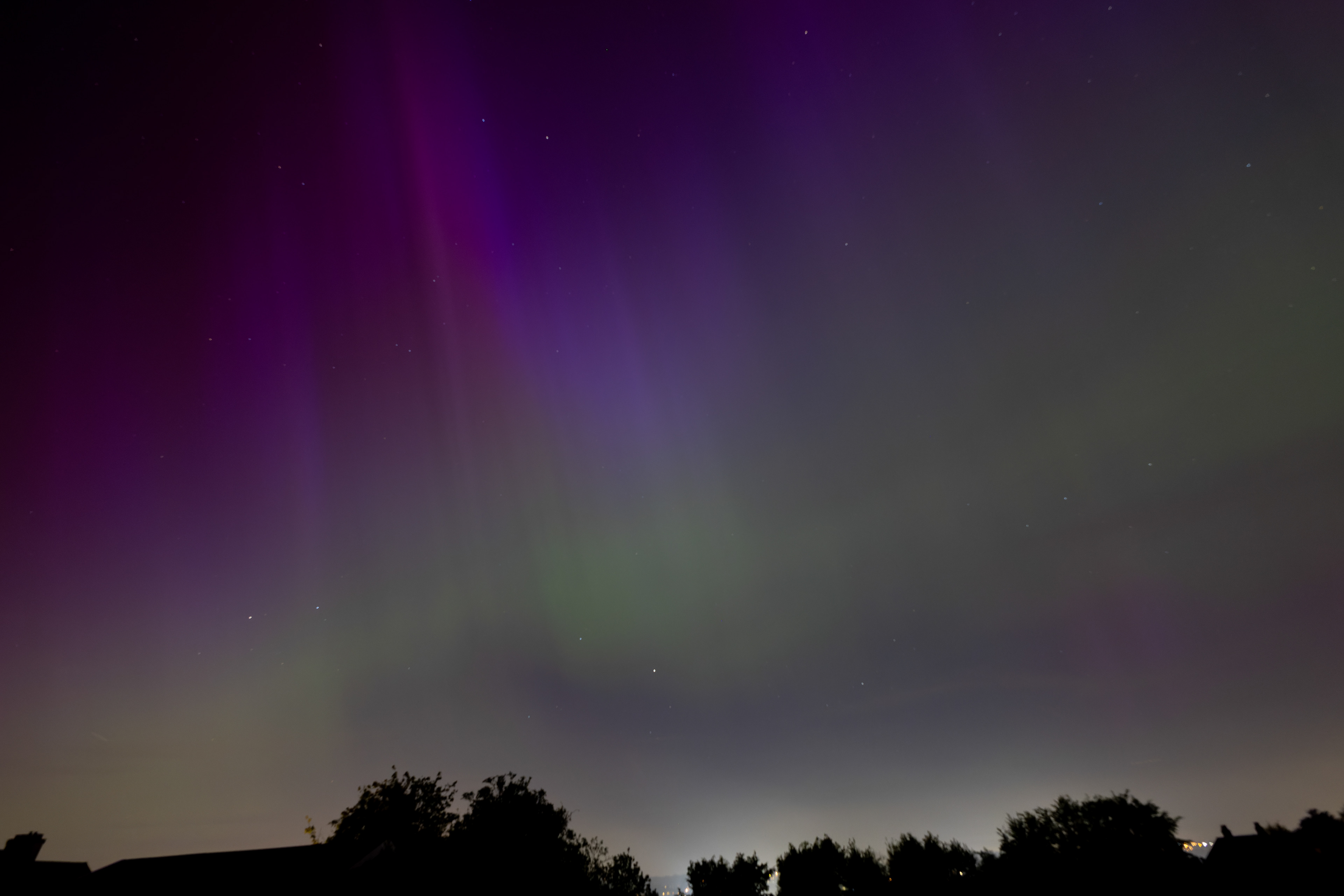


And then around midnight and quite suddenly it was all over, leaving just a faint glow that only an hour earlier I would have been quite happy with!
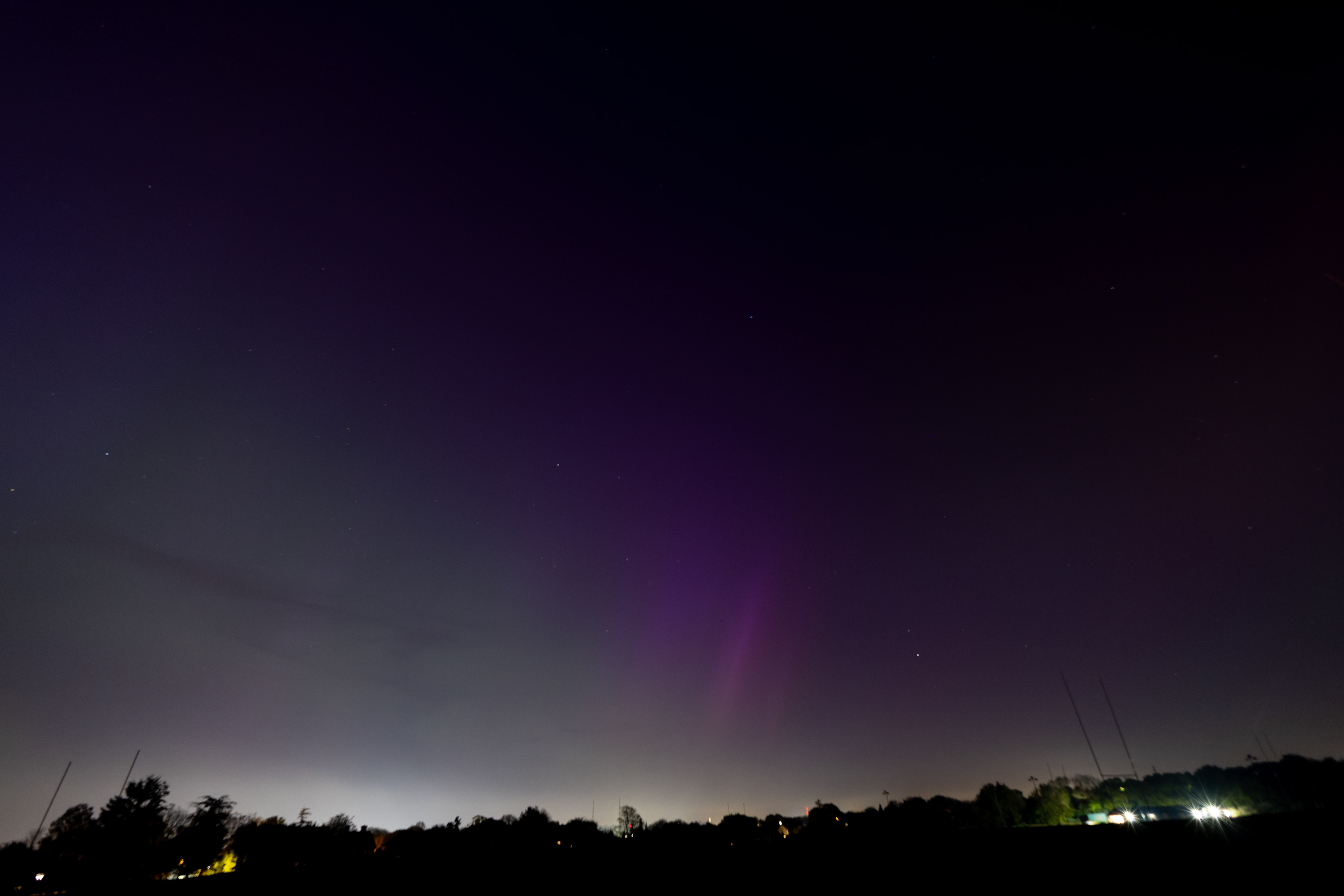
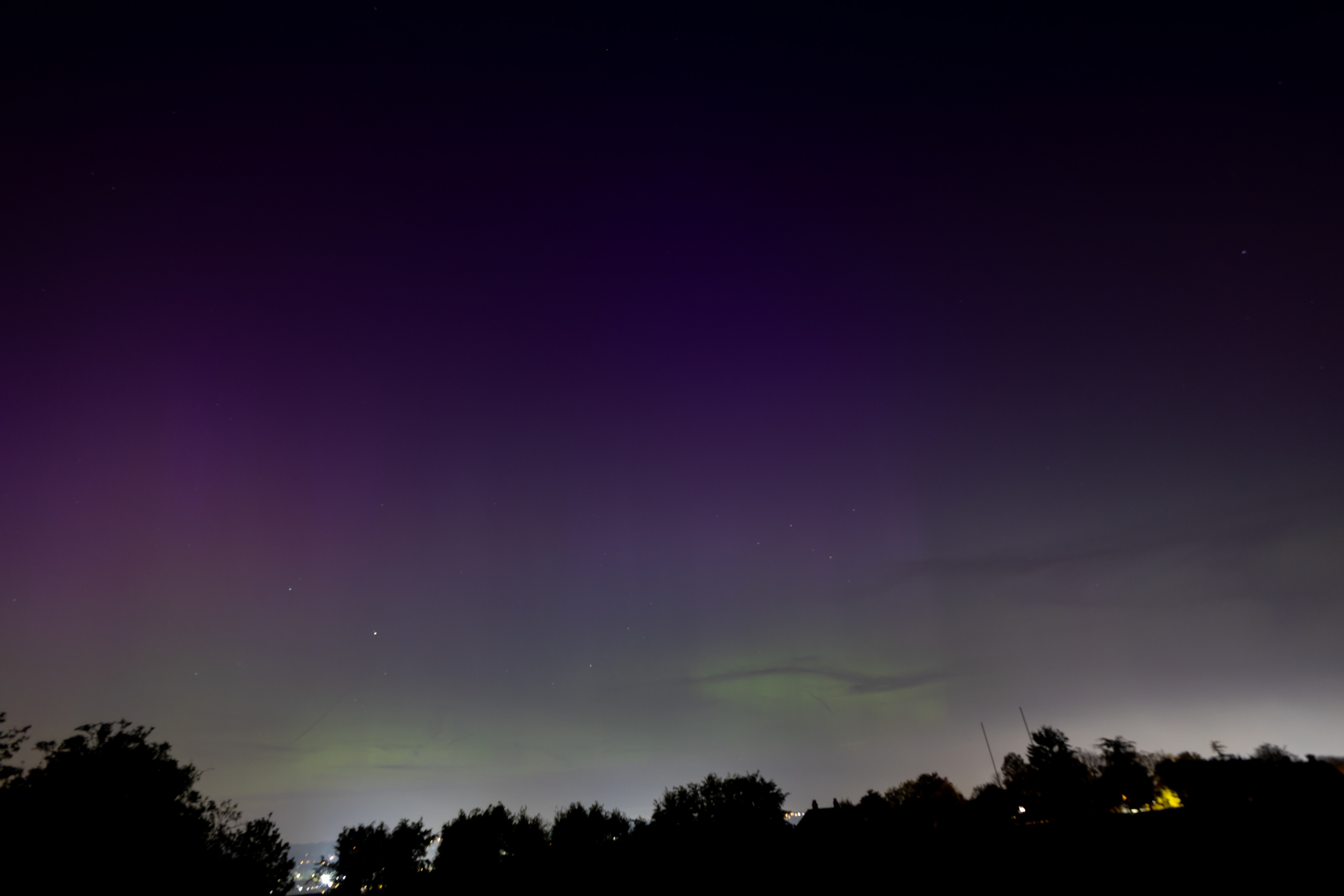
Given that the last solar storm this strong was over 20 years ago and we were very lucky this time with the weather and even the moon, I may never get to see this again without travelling to Iceland or Norway. However, I'm always very self critical of my own photography and have lots of thoughts of what I might do differently next time. Hopefully this will help me and anyone else who reads this.
Firstly, look at getting as even wider wide-angle lens. They are not cheap, but to truly capture the awe of a big display like this you need to see as much of the sky as possible. Either that or work out a way of effectively taking multiple shots and stitching them together in post.
There is no way that the camera can accurately focus in this light so I had to manually focus. Unfortunately, I was very slightly off. Not so much that any of the photos were ruined, but it would have been nice to get it perfect. I need to practice doing this at night, and possibly invest in one of those torches with a red light that doesn't spoil your night vision.
I think I got the camera settings right from almost the first shot and then didn't change them for the rest of the shoot. Manual focus (see above), 15-30 lens shooting at 15mm, f/6.3 (as open as I could go with this lens), 10 sec exposure, ISO 1000, auto white balance.
I wish I had moved off these settings just for a minute or two just to try to get a shot of approximately what it looked like to the naked eye. Also, I wish I had managed to get some shots of something more familiar in the foreground as a better reference to the location and size of the display.
We joked afterwards that there is no need now to pay for a holiday to the Arctic Circle as we've seen the Lights at home. But I think this may have made me want such a holiday even more. I want to see it again!